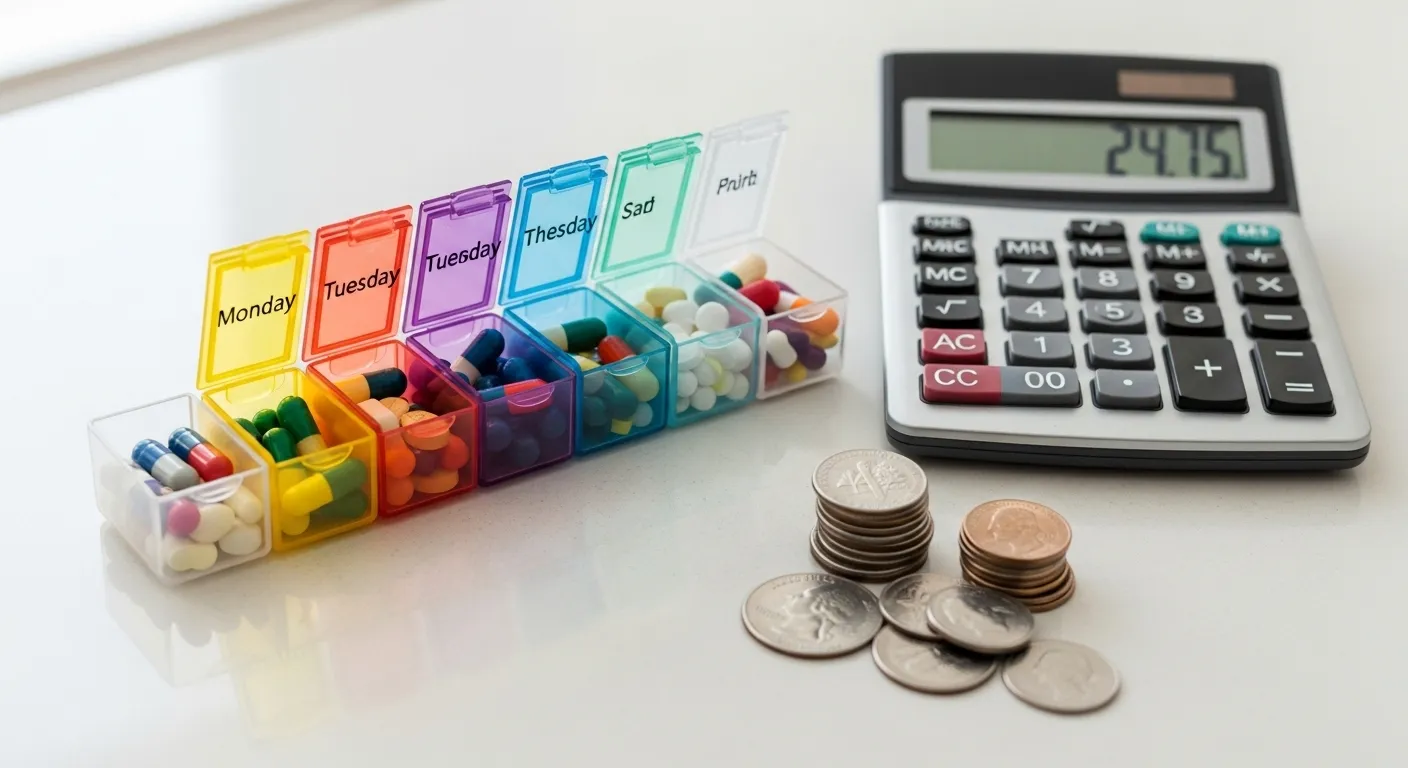
Actionable Strategies and Money-Saving Tips
Understanding the system is the first step. The next is taking action. Here are practical strategies you can use for budgeting healthcare and reducing your overall spending without sacrificing the quality of your care.
1. Choose the Right Medicare Plan Every Year
Your healthcare needs can change from one year to the next. The plan that was perfect for you last year might not be the best fit this year if your prescriptions or health conditions have changed. That’s why the Medicare Annual Enrollment Period (from October 15 to December 7) is so important. Use this time to review your coverage and compare plans. Don’t just look at the monthly premium. Consider the deductibles, the out-of-pocket maximum, and, most importantly, whether your specific doctors and prescription drugs are covered.
2. Actively Manage Prescription Drug Costs
Prescription drugs are a major driver of medical expenses for seniors. Here are several ways to lower your costs:
- Use the Medicare Plan Finder Tool: During Open Enrollment, use the official tool on Medicare.gov to enter your specific list of medications. It will show you which Part D or Medicare Advantage plans in your area will cover your drugs at the lowest total cost.
- Ask for Generic Drugs: Always ask your doctor or pharmacist if a generic version of your medication is available. They are chemically identical to their brand-name counterparts but often cost up to 85% less.
- Explore Patient Assistance Programs (PAPs): Many pharmaceutical companies offer programs to help people with lower incomes afford their medications. Websites like NeedyMeds.org can help you find these programs.
- Consider Mail-Order Pharmacies: For medications you take long-term, you can often save money by getting a 90-day supply from a mail-order pharmacy approved by your plan.
3. Take Full Advantage of Preventive Care
The most effective way to save money on healthcare is to stay healthy. Medicare Part B covers a wide range of preventive services at no cost to you. These include your annual “Wellness” visit, flu shots, mammograms, colonoscopies, and screenings for conditions like diabetes and heart disease. Using these services can help catch potential problems early, when they are easier and less expensive to treat.
4. Create a Dedicated Healthcare Budget
Effective budgeting healthcare means treating it as a core, non-negotiable expense category, just like housing or food. Start by adding up your fixed costs: Medicare Part B premiums, Part D or Medicare Advantage plan premiums, and any Medigap premiums. Then, estimate your variable costs, such as copayments for doctor visits and prescriptions. It’s also wise to set aside a specific amount each month into a separate savings account for unexpected medical bills. For example, if your fixed premiums total $300 a month and you estimate another $150 for copays and potential costs, you should budget $450 specifically for healthcare.
5. Review Your Medical Bills for Errors
Medical billing is complex, and errors are surprisingly common. Always ask for an itemized bill after a hospital stay or significant procedure. Carefully review it and check for duplicate charges, services you didn’t receive, or incorrect coding. If you find an error, contact the provider’s billing office immediately to have it corrected. Don’t be afraid to question charges you don’t understand.
6. Look into State and Federal Assistance Programs
If you have a limited income and resources, you may qualify for programs that can significantly reduce your healthcare costs.
- Medicare Savings Programs (MSPs): These state-run programs can help pay your Medicare Part A and/or Part B premiums, deductibles, and coinsurance.
- Extra Help (Low-Income Subsidy): This is a federal program that helps people with limited income pay for their Medicare Part D prescription drug costs.
Your local State Health Insurance Assistance Program (SHIP) offers free, one-on-one counseling to help you understand your benefits and see if you qualify for these cost-saving programs.















